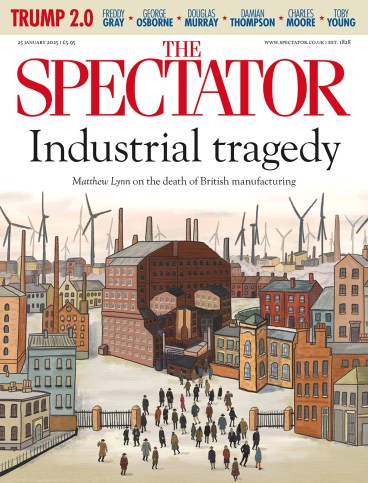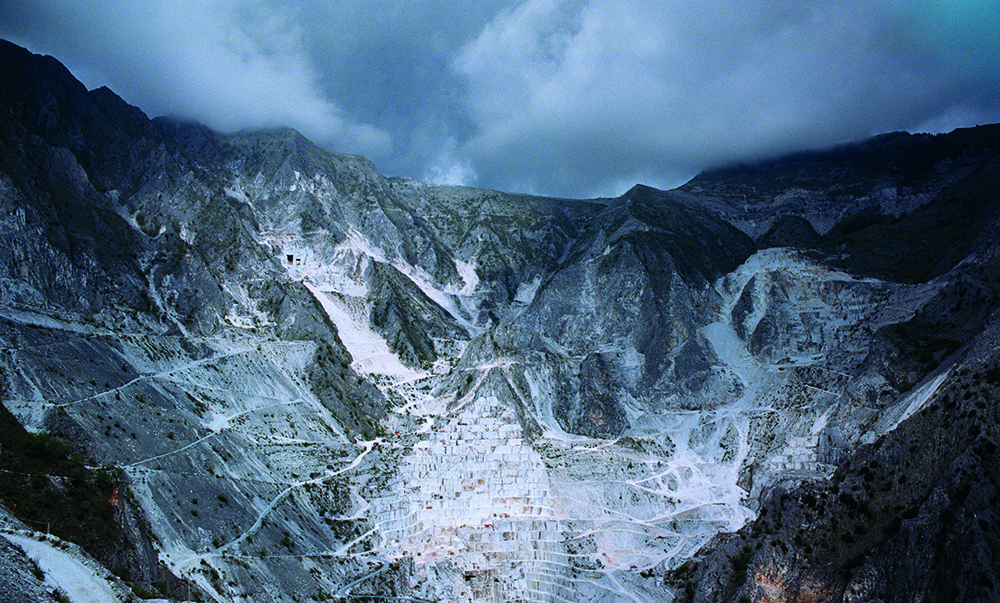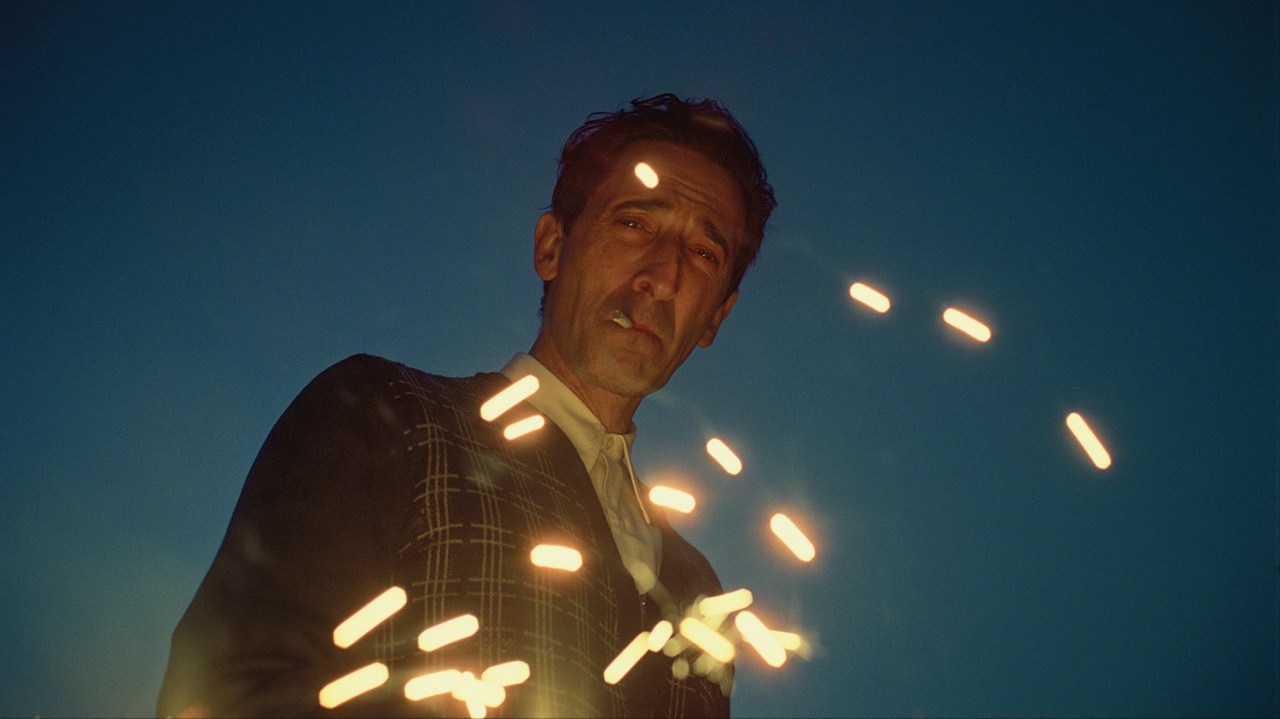
The Brutalist, which is a fictional account of a Jewish-Hungarian architect in postwar America, has attracted a great deal of Oscar buzz and has been described as ‘monumental’ and ‘a masterpiece’ and ‘an inversion of the American dream’ and ‘up there with Citizen Kane’. It’s three and a half hours (including a 15-minute intermission) and while the running time isn’t an issue, as it is engrossing enough, it did frequently feel familiar. What film about the American dream isn’t an inversion of the American dream? I couldn’t fathom if it had anything new to say. It felt more like classy potboiler – love! Sex! Money! Power! Raw concrete!
What film about the American dream isn’t an inversion of the American dream?
It is produced and directed by Brady Corbet (The Childhood of a Leader, Vox Lux) from a script he co-wrote with Mona Fastvold. The main character is Laszlo Toth (Adrien Brody), who has survived Buchenwald and must now survive in a society that will often refuse to accept him just as, I suppose, it refuses to accept anything that’s unfamiliar (see also: brutalism). Toth is Bauhaus-educated, with many projects to his name back home, but he’s dishevelled and broken-nosed when he first arrives at Ellis Island in 1947. We see the Statue of Liberty – but inverted. I think you know why.
Toth initially stays with his cousin and his cousin’s glacial shiksa wife, who run a furniture store together in Philadelphia, but he is then swept up into the world of powerful, wealthy industrialist Harrison Lee Van Buren (a fantastic Guy Pearce – who will put you in mind of Clark Gable). He hates Toth’s work and then loves it. He is supportive, befriends him, becomes his patron.
Toth had designed the interior of a library for him that is stunning – the light! The minimalism! The way the bookshelves fold out! – but, disappointingly, we spend almost no time in there. Now he wants Toth to build a community centre in memory of his mother. It’s a grand project and there are many setbacks but, like Howard Roark in Ayn Rand’s The Fountainhead, Toth would rather shovel coal than compromise on his vision. At one point Van Buren and Toth head to the marble quarries in Carrara, Italy – an incredible, eerie world of whiteness (see below). Needless to say the cinematography is always stunning.

We follow Toth for several years. We see his heroin addiction, the eventual arrival of his wife (Felicity Jones) and niece (Raffey Cassidy) – who had been imprisoned in Dachau – and the anti-Semitism that was rife. Van Buren has a son, Harry (Joe Alwyn), who, at one point, hisses in Toth’s ear: ‘We tolerate you.’ There is a frightening side to this family, and when the mask falls away it leads to the most incredibly brutal act. This may also be what the title refers to.
This is a film of ambition and swagger and Brody’s performance, suffused with pain and longing, is terrific. However, there are some odd decisions. Why is a mute niece suddenly not mute any more? There’s a black character, Gordon (Isaach de Bankolé), who only exists to make Toth look morally decent, thereby peddling exactly the kind of sentimentality that brutalism despised.
This is not a film about architecture. Due to the film’s limited budget, the community centre – a hulking mass of concrete positioned on a hilltop – is mostly AI. (If it’s architecture you’re after then watch Die Hard, where that skyscraper is taken back to its very bones – and you get a sexy fella in a white vest thrown in for free.) So what is this about? There is a coda at the end that actually tells you. It’s unbelievably laboured. The best way to end a film? ‘Rosebud’.






Comments